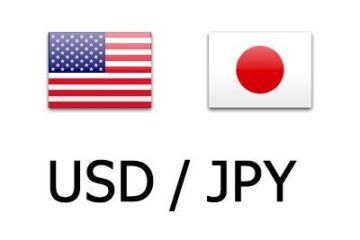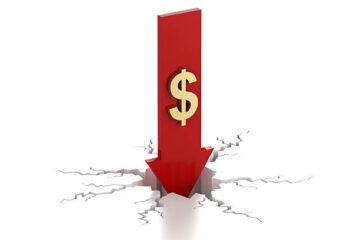The S&P 500 has tumbled 19% so far this year, and the CBOE Volatility Index has jumped 77%.
The stock market has suffered a rough 2022, with the S&P 500 dropping 19% year to date.
But things are looking up for the rest of the year, according to a survey of financial advisors by Natixis Investment Managers.
Before we turn to that issue, advisors are bullish on commodities. In the current environment:
· 62% of them find commodities more attractive,
· 51% find residential real estate more attractive,
· 45% find private assets more attractive,
· 40% find equities more attractive,
· 40% find digital assets more attractive,
· 39% find commercial real estate more attractive, and
· 25% find bonds more attractive.
A total of 66% of North American advisors see inflation as a major risk, 60% see rising interest rates as a major risk, 48% see geopolitical conflict as a major risk, it’s the same for volatility, and 28% for valuations.
As for the outlook on stocks, advisors expect the S&P 500 to end the year up 4.4%–at about 4,976. That would represent a whopping 29% gain from the recent level of 3,844.
That big a move wouldn’t be unprecedented, but it does seem unlikely, given roaring inflation, large interest-rate increases expected from the Federal Reserve and the high likelihood of a recession within the next two years.
Stock Volatility
Meanwhile, stocks have been nothing if not volatile this year, with the CBOE Volatility Index soaring 77%. So what’s an investor to do?
“Investors today are concerned about rising interest rates, hot inflation, and economic uncertainty,” Susan Dziubinski, director of content for Morningstar.com, wrote in a commentary.
“During tumultuous times, some investors may be looking for stocks that are reliable, for companies that are likely to withstand economic uncertainty,” she noted.
And how do you find these stocks?
“First, focus on companies that have significant competitive advantages that should allow them to fend off competitors in even the toughest times,” Dziubinski said. “And these competitive advantages should be stable or growing.”
Second, “the companies should have reasonably certain cash flows, sales predictability, and modest leverage,” she said. “These companies should be run by good managers. And their stocks should be trading below what they’re worth to provide a margin of safety.”
Clorox, Roche, Unilever
Dziubinski chose household cleaning products company Clorox (CLX) – Get Clorox Company (The) Report, Swiss drug company Roche (RHHBY) and U.K. consumer products company Unilever (UL) – Get Unilever PLC Report.
Morningstar analyst Erin Lash assigns Clorox a wide moat and puts fair value for the stock at $161. It recently traded at $137.28.
Morningstar analyst Karen Andersen gives Roche a wide moat and puts fair value for the stock at $55. It recently traded at $41.47.
Morningstar analyst Philip Gorham assigns Unilever a wide moat. He puts fair value for the stock at $56. It recently traded at $45.58.


